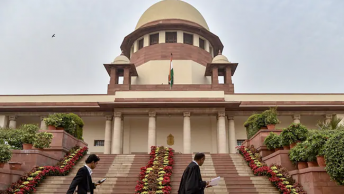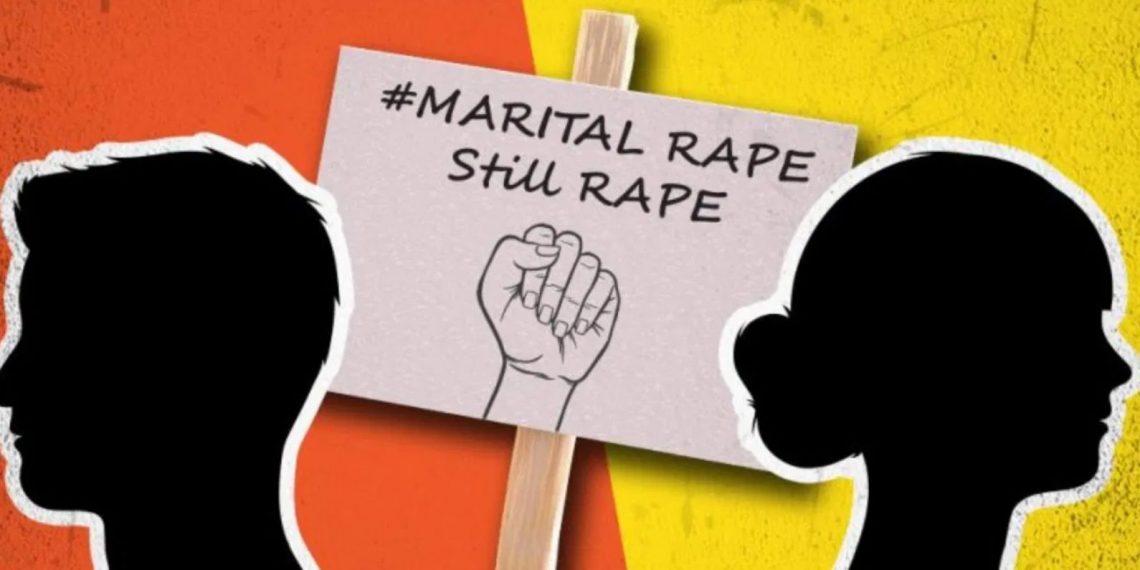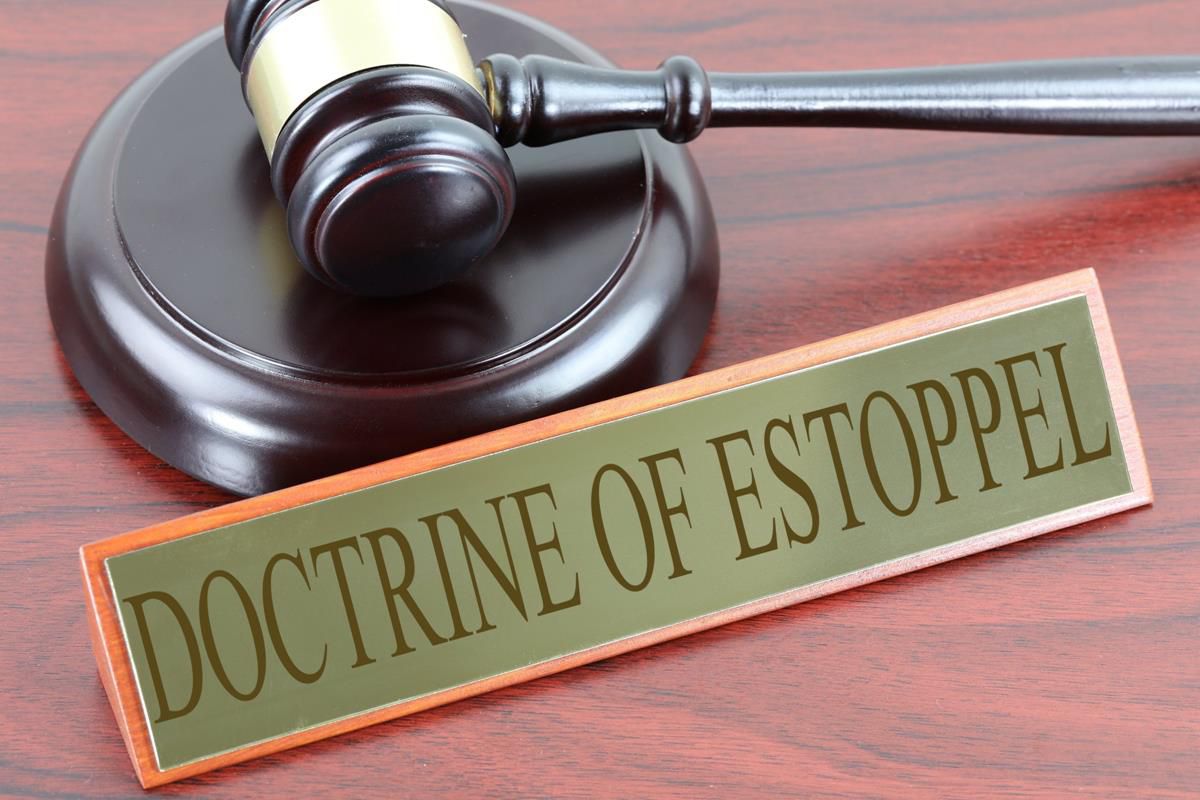The Delhi High Court, in an order dated 27.04.2017, through Justice Endlaw directed Tata Sons Limited to serve summons through text message, Whatsapp and E-Mail to one of the defendants. This order came in light of the alleged defamatory statements questioning the credentials of one of the company’s top officials reportedly via thirty-five unidentifiable email addresses. While three out of four identified defendants were served with summons through posts, the fourth defendant could not be located through the ‘traditional’ modes of service.
Service of summons is the formal notice informing the defendant that the plaintiff has instituted a suit against him/her and that the defendant must be present at the court for responding to the case. While service through e-mail has been mentioned in the CPC, the other two methods do not have any statutory mention. However, Order V, Rule 9 of the CPC lays down different ways of serving notice giving leeway to the High Court to make rules according to their convenience and ‘other manner as the Court may direct.’
The modes of service have been continually changing to adapt to the times we live in. Using traditional methods of service such as registered post and courier services have its own such as the risk of evasion by the defendant leading to unnecessary prolongation of suits. This evasion might be caused by slowing down the process of delivery by resorting to unscrupulous means such as bribing the postman or the process server, forging the signature in the acknowledgement due etc. On the other hand, newer methods such as text messages and instant messaging applications can result in fast service especially in cases where the party resides in another country or his/her residential address cannot be found after repeated attempts.
The Limitations of Such Advanced Methods of Service
With the new order, the Delhi HC joined the league of other High courts that support technically innovative means of judicial proceedings. Previously, the Bombay High Court and the Allahabad HC have permitted the modern methods of summons. Other than the courts, the police in Tamil Nadu police has also recently started the initiative of delivering summons in the regional languages over Whatsapp. The Financial Commissioner of Haryana has also stated that the Court may serve summons by using any method it deems fit. He further added that in today’s age, an email address and mobile phone number is as much an ‘address’ of a person as his residential address.
All the above instances indicate the shift of Indian judiciary towards a technologically empowered system. However, these new methods of serving summons have their own inherent limitations like authentication and adduction of electronic summons as noted by the courts.
The objective of serving a notice is in consonance with the principle of audi alteram partem, an important component of natural justice. With electronic means of summons, there is a lack of confirmation about the delivery and receipt of a text message. In traditional means, such as a registered post, the receipt of the summons could always be confirmed with a signature. According to Order V, Rule 17, in cases where the defendant is not found a notice is stuck in some part of the defendant’s permanent residence, the courts have to treat it to be a confirmation of delivery. Without an actual delivery, the plaintiff must prove that all possible steps have been taken to reach the defendant. Without this, the purpose of sending summons would be defeated.
Even though E-courts are making headway, there is a still long way to go in terms of sending formal notices through text messages. For instance, text messaging services do not allow attaching of documents. Further, not all telephone users have access to Multimedia Messaging Services (‘MMS’) which allow sharing of documents via text messages. The lack of this feature disables many users from viewing the complete summon order. Order V, Rule 2 mandates issuance of a copy of the plaint along with the summons. This is in furtherance of giving the defendant a fair chance to answer the claim and slightly difficult to do in case of text messages.
In the present Delhi HC order, the Judge allowed for the use of text message as a means of serving summons after he was informed that the traditional methods had failed. However, while giving the order, the High Court failed to specify the kind of text messaging that should be used.
Coming to the usage of instant messaging applications such as Whatsapp, there are again problems with the ‘proof’ of service. The receipt of delivery is taken as two blue ticks which is a dangerous proposition as there can be lag. The sender might have done the action on his part but the intended receiver might not have received the document if someone apart from the defendant would access the message. Moreover, users also have the option to switch off their blue ticks which make it difficult to assess whether the defendant has actually seen the message. The Federal Stored Communications Act have provisions regarding the disclosure of subscriber information on display of valid subpoenas regarding the same. These have been accepted by Whatsapp, which are of immense help for investigative purposes to check the authenticity of the phone numbers which can be adopted by India.
For Whatsapp to be a regular mode of issuing summons, ideas can also be taken the New York Country Case of Baidoo v. Blood-Dzraku where Facebook has been held to be a practical alternative to summon the defendant. The plaintiff was informed by the defendant at multiple instances that he did not have a permanent place of residence or employment and he also refused to make himself available to get the divorce papers. The court concluded that although there are due process concerns to be addressed in the case of social media concerns, there is a need for law to be updated with the present technology.
However, it must be noted that in India, not everyone has the access to such services. Therefore, it should serve as an additional mode in cases where it will be useful such as when the defendant resides in a different country. The Delhi HC order is a decision without any kind of discussion as to the procedure of summoning the defendant using these methods, which is a matter of concern as it can be used by either parties for their personal interests. This could eventually lead to unnecessary litigation.
Are such Summons considered valid in a Court of Law?
In this section, I shall be discussing how electronic modes of service lack corroboration and cannot be adduced as evidence in a court of law. Order V, Rule 9(3) explicitly states that modes of service ought to be mentioned in the specific rules made by every High Court. Text message and Whatsapp are not fossilised in any of the rules made by any high court yet. This has several implications on the use of powers by judges in civil courts. They are bestowed with certain discretionary powers, but, introducing new methods of service at the Trial Court level is questionable even on the grounds of Section 151. The Indian Evidence Act, requires a ‘digital signature’ for considering a document of evidentiary value. None of the HC orders mentioned above had directed the plaintiff to obtain signatures and thus these decisions can be overturned easily by the defendants on the grounds that these were not valid proof of service.
Text messaging and Whatsapp can be considered as electronic documents having the same weightage as that of a paper document. However, without a signature from an authorized individual would render it equivalent to an ‘unsigned’ document. In order to be of value at the evidentiary stage, it ought to have a ‘65B certificate’, and if not, might be assumed to be an improper issuance of summons which can be easily challenged by the defendants. A Section 65B certificate is just like that of a digital signature. A digital signature is a consolidation of the representation of the signatory and the contents of the document. Similarly, a Section 65B certificate is unique in nature as it certifies electronic evidence produced by a party not in possession of the device. Thus, in order to make way for such modes of service, the judiciary will have to undertake expenditure to provide infrastructure capable of assigning such certificates with every summon. Additionally, there has to be qualified professionals to carry out such tasks.
India, as a country, is developing at a rapid speed. However, a major portion of our country is not completely educated on the usage of cell phones. Even in a highly developed country such as Singapore, instant messaging as a method of serving summons is still being pondered upon. A recent case highlighted the fact that use of online services are still ‘substituted services’.
The Law Commission has recommended various amendments to the time periods given for the filing of written statements by the defendant. This in light of the fact that at times a defendant might face practical hurdles to come to court and fight his/her case. However, the legislature has not taken any steps to incorporate the recommendations as of now. The Code has set a time limit. Where the summons has been issued through text messages or instant messaging, there is immense probability that the defendant may not file his statement within the time limit as he/she might have not received the summons due to failure of delivery on part of the messaging service leading to an ex parte hearing.
Conclusion
Regardless of the shortcomings of these methods of service, they are instantaneous and incur lesser expenditure than physical delivery of summons, courier, newspaper publication or registered post. However, in the age of privacy, giving away personal data such as phone numbers to the judiciary can jeopardise the autonomy of a person.. That being said, we cannot ignore the fact that these modes have to be made a part of the judicial processes, but for the time being, can be used only in extraordinary circumstances where nothing else may seem to work. The Delhi HC and Bombay HC judgments have both used them only as a last resort, which is how it should be done till there are significant improvements made in the judiciary. Thus, to initiate such modes require not only monetary soundness, but a social change as to how Indians look at legal processes and their familiarity with technology.








Hi Anamika,
First of all thanks for sharing this post with your amazing experience.
Anamika, To be honest I seriously like your this article as you well explain thing about Text Messaging.
Thank you, your article surprised me, there is such an excellent point of view. Thank you for sharing, I learned a lot.
Thanks for sharing. I read many of your blog posts, cool, your blog is very good. https://accounts.binance.info/en-IN/register?ref=UM6SMJM3